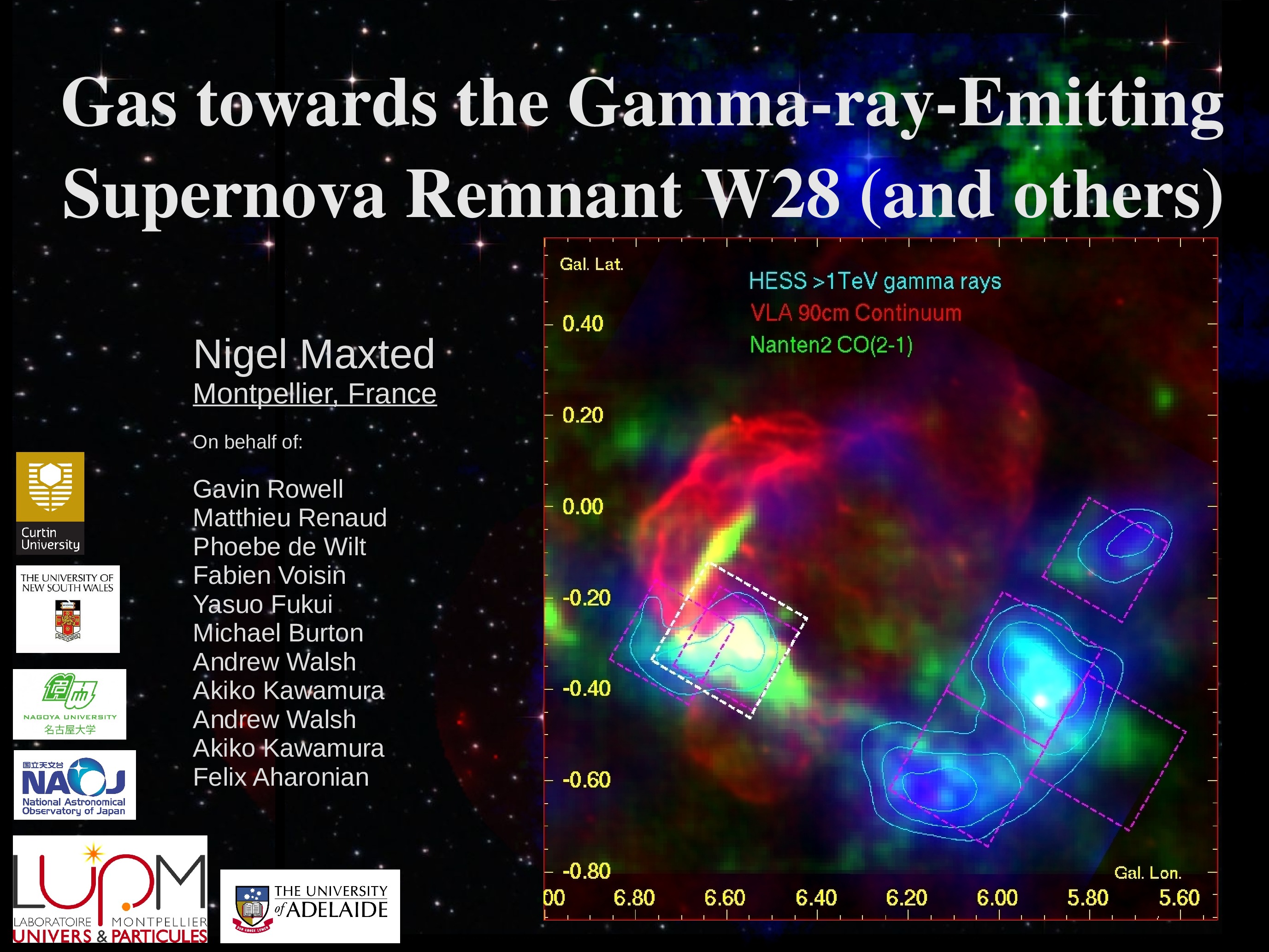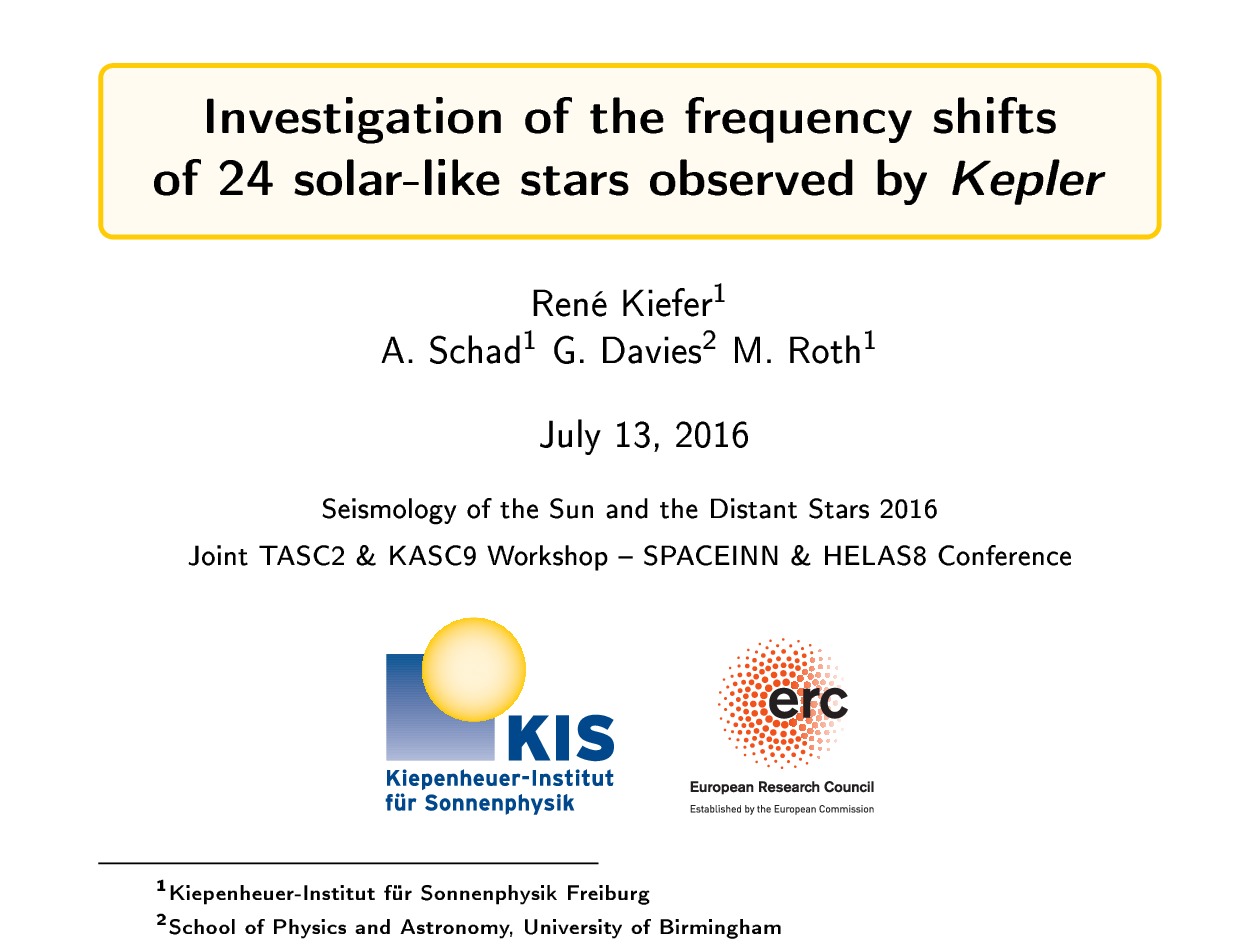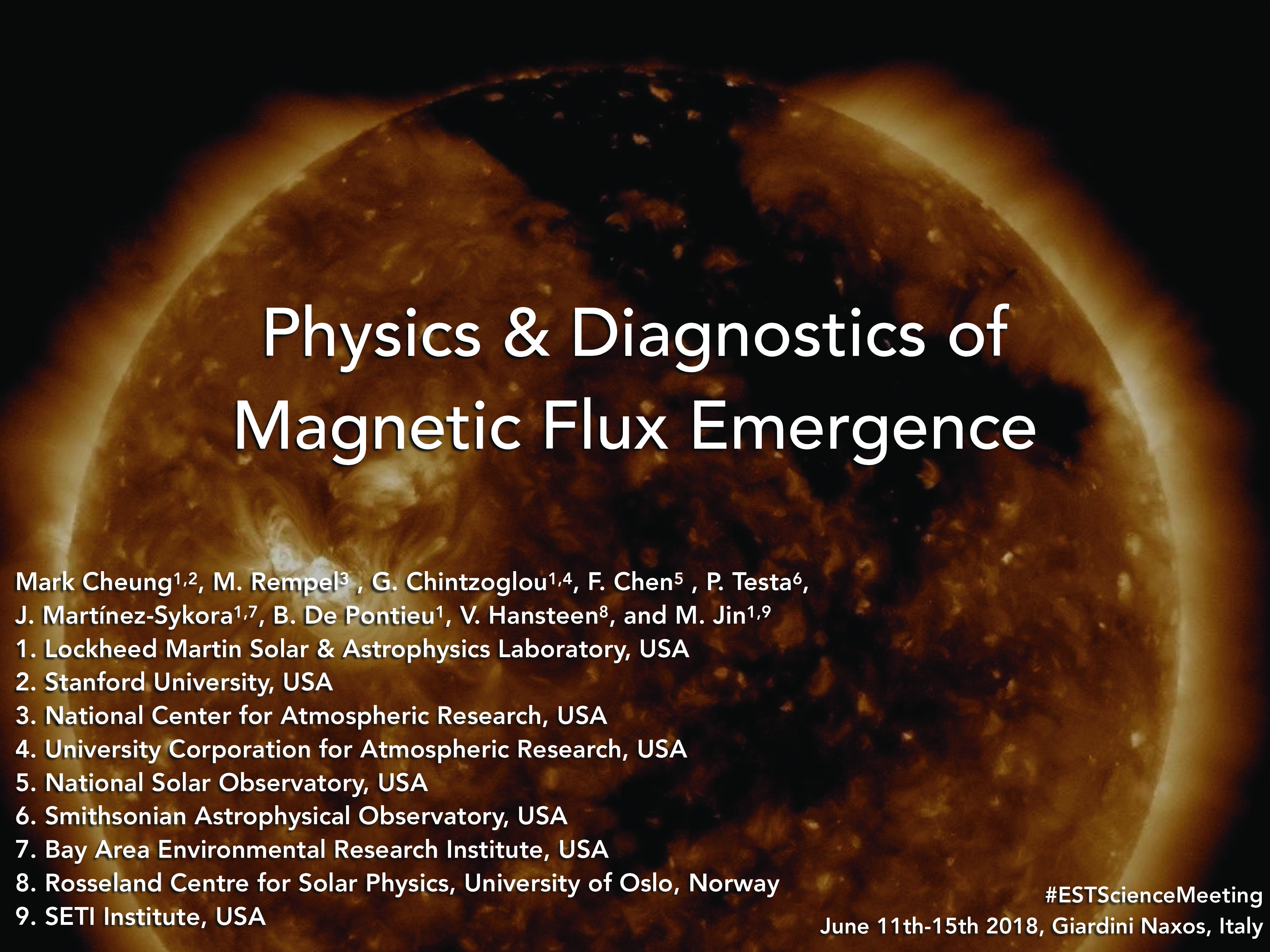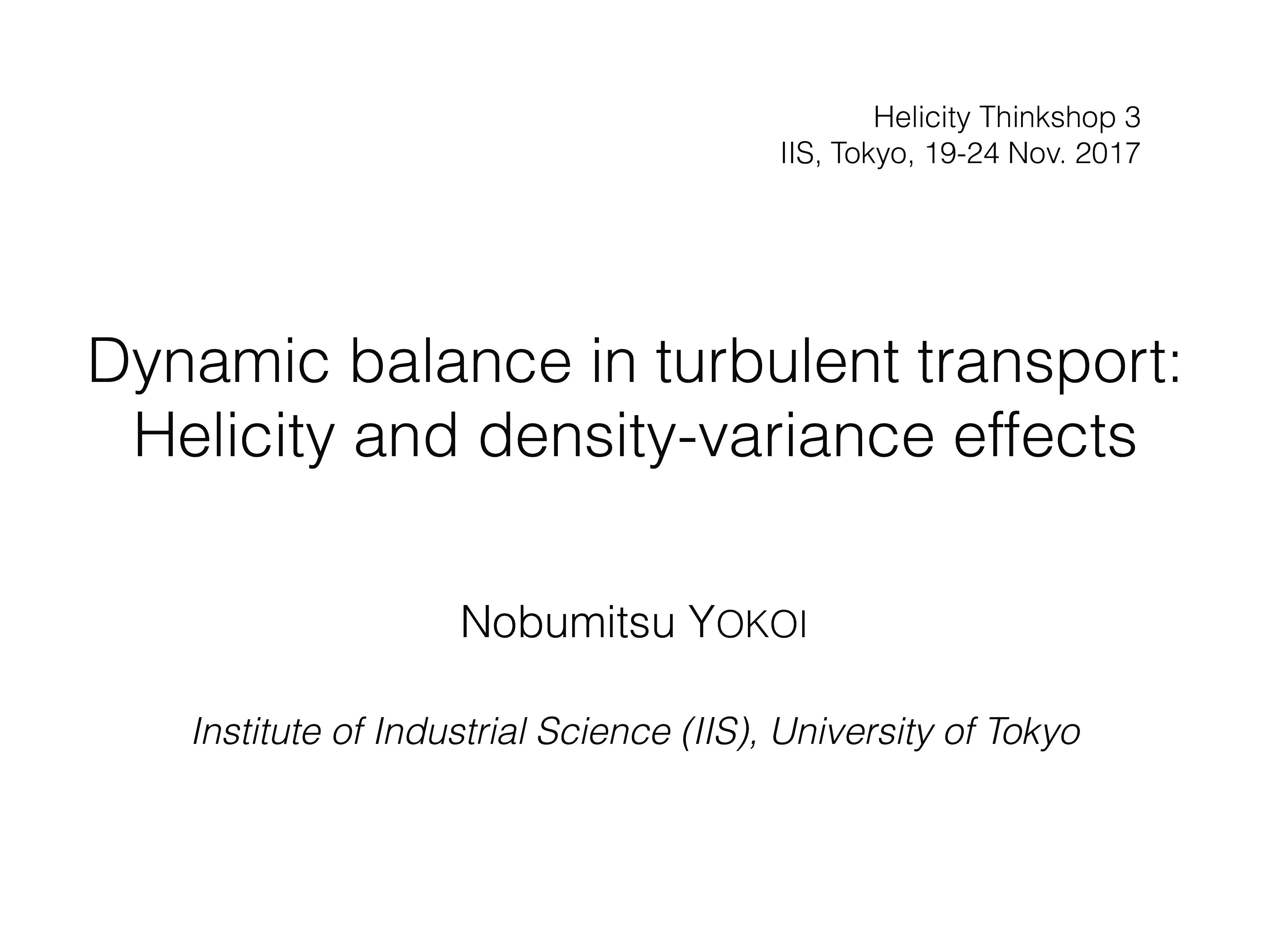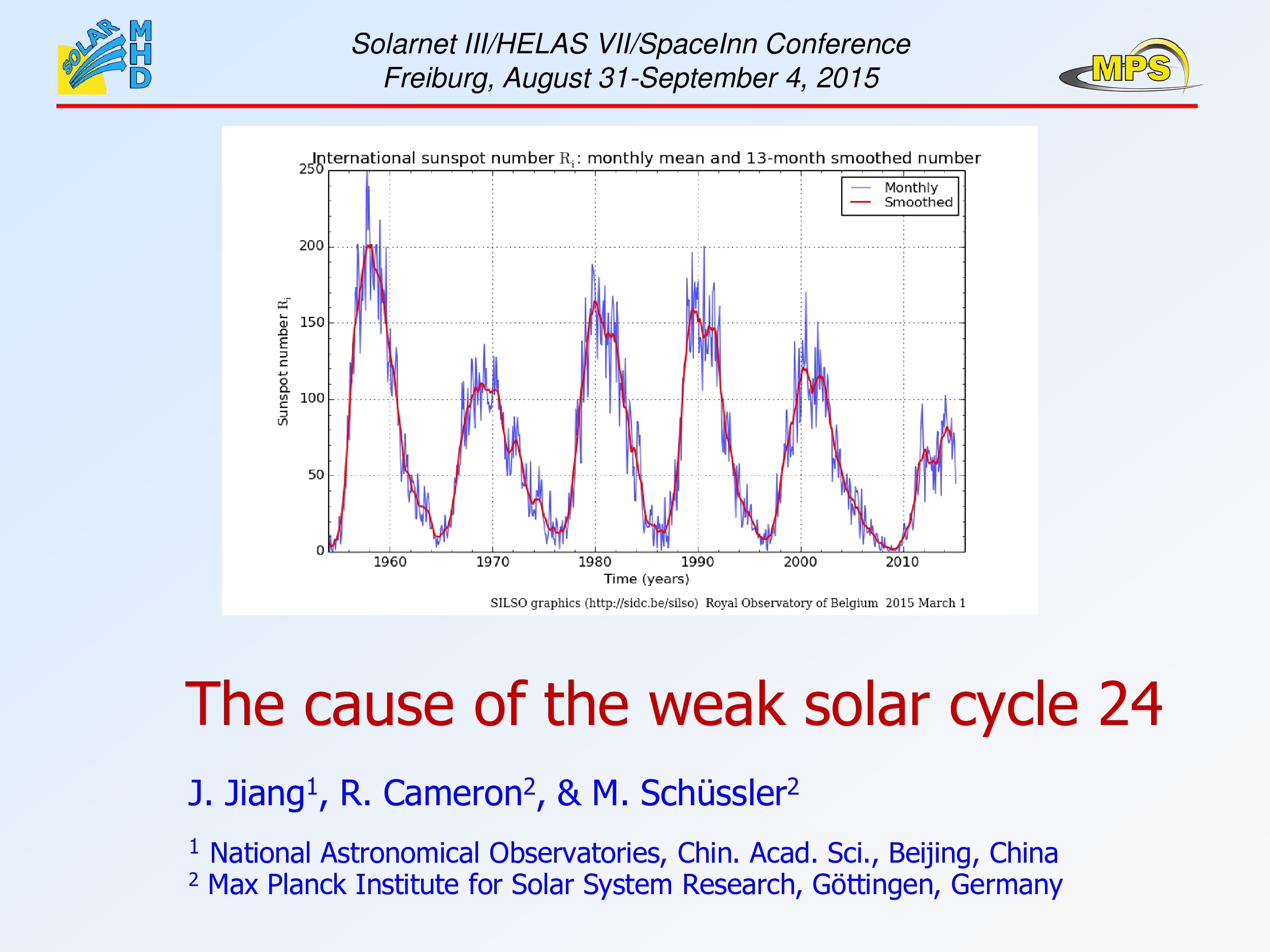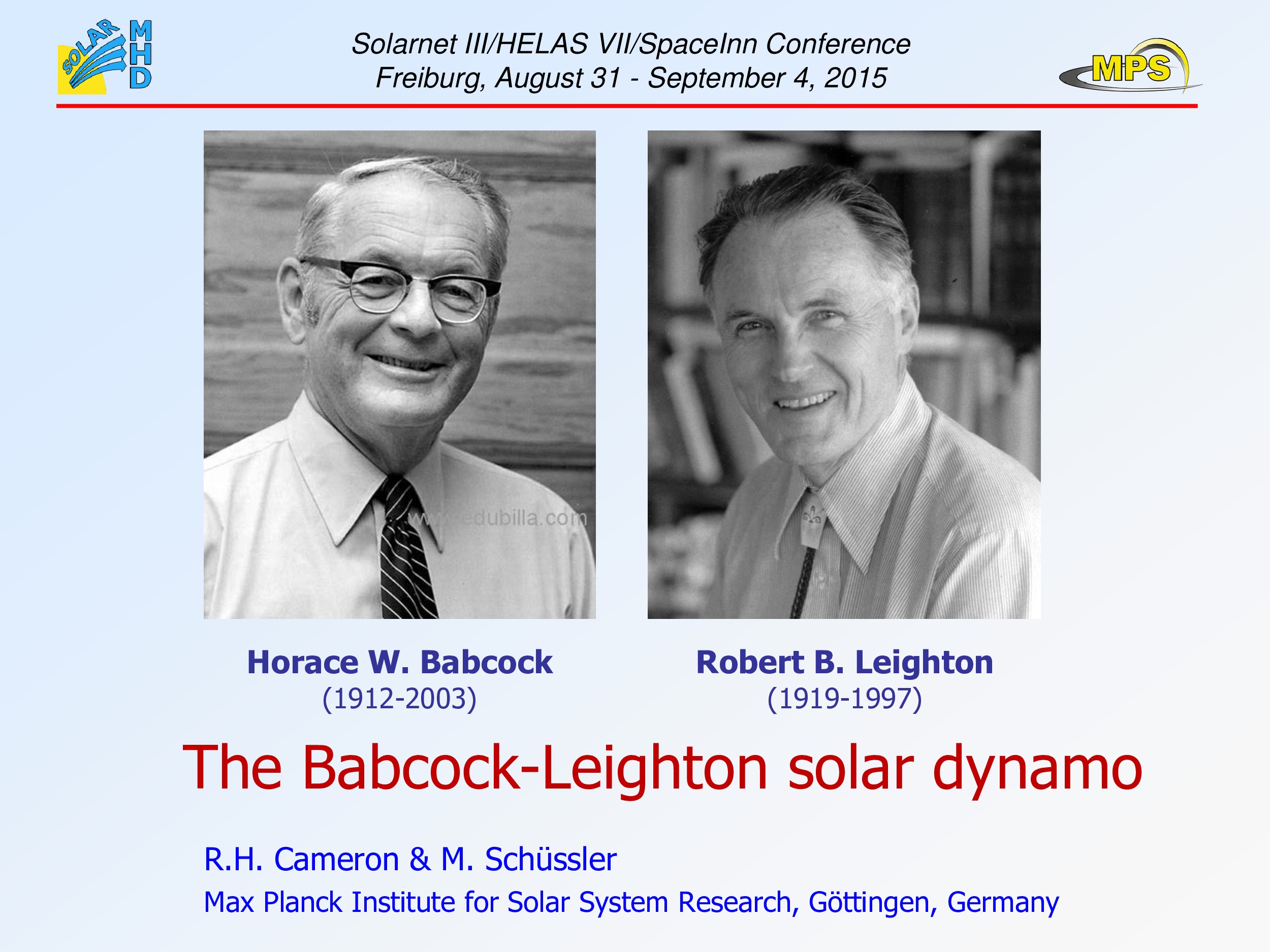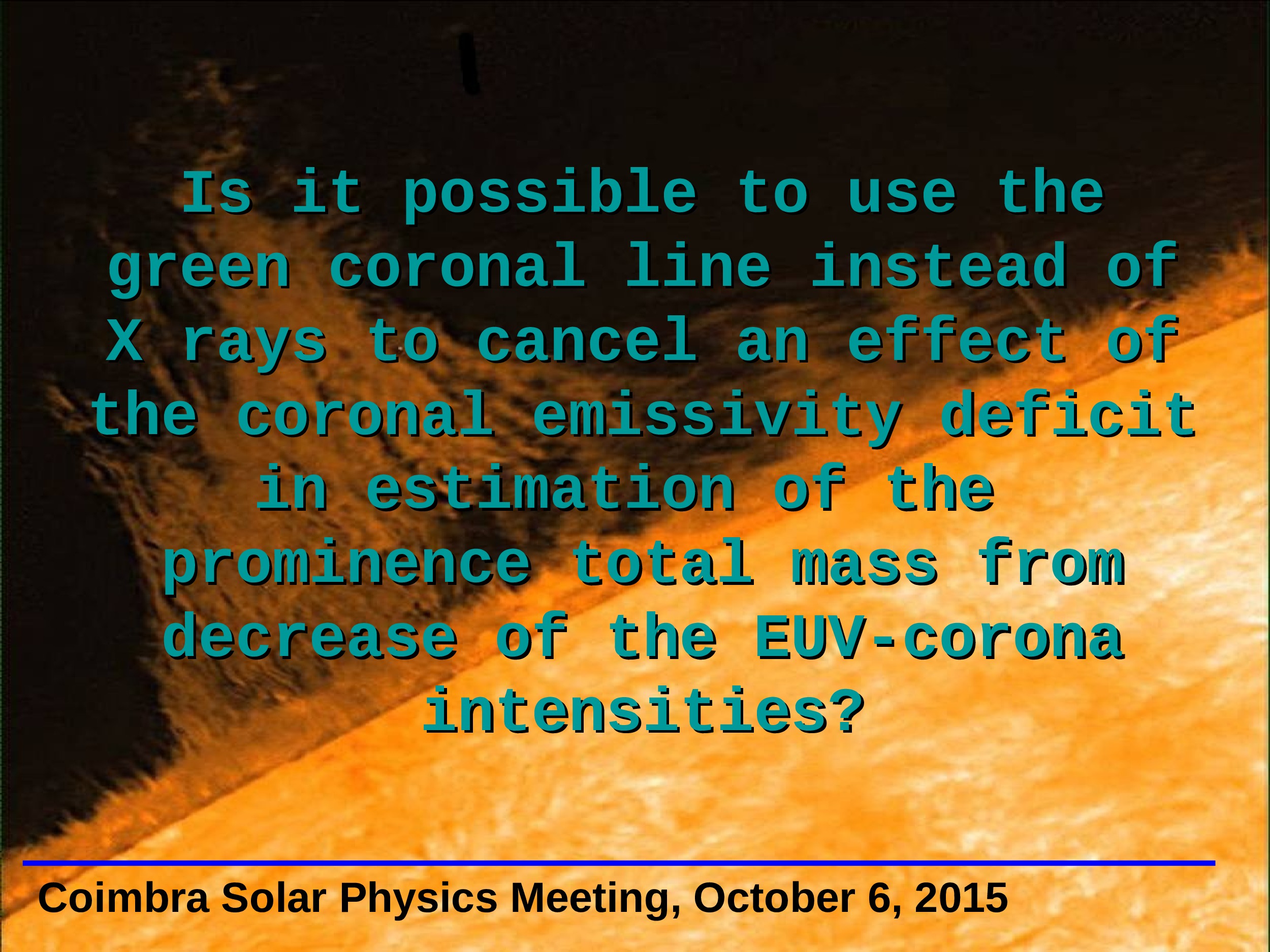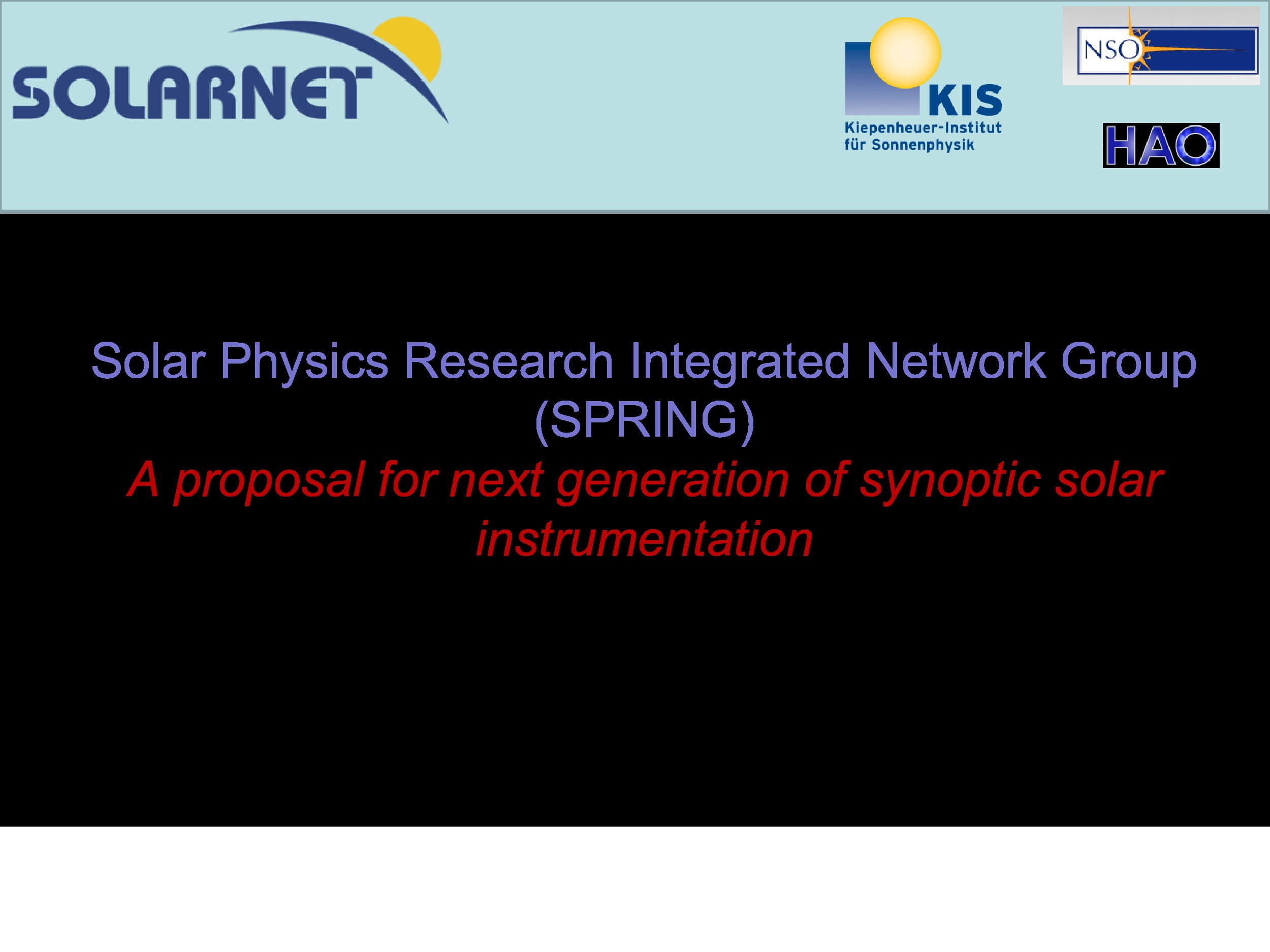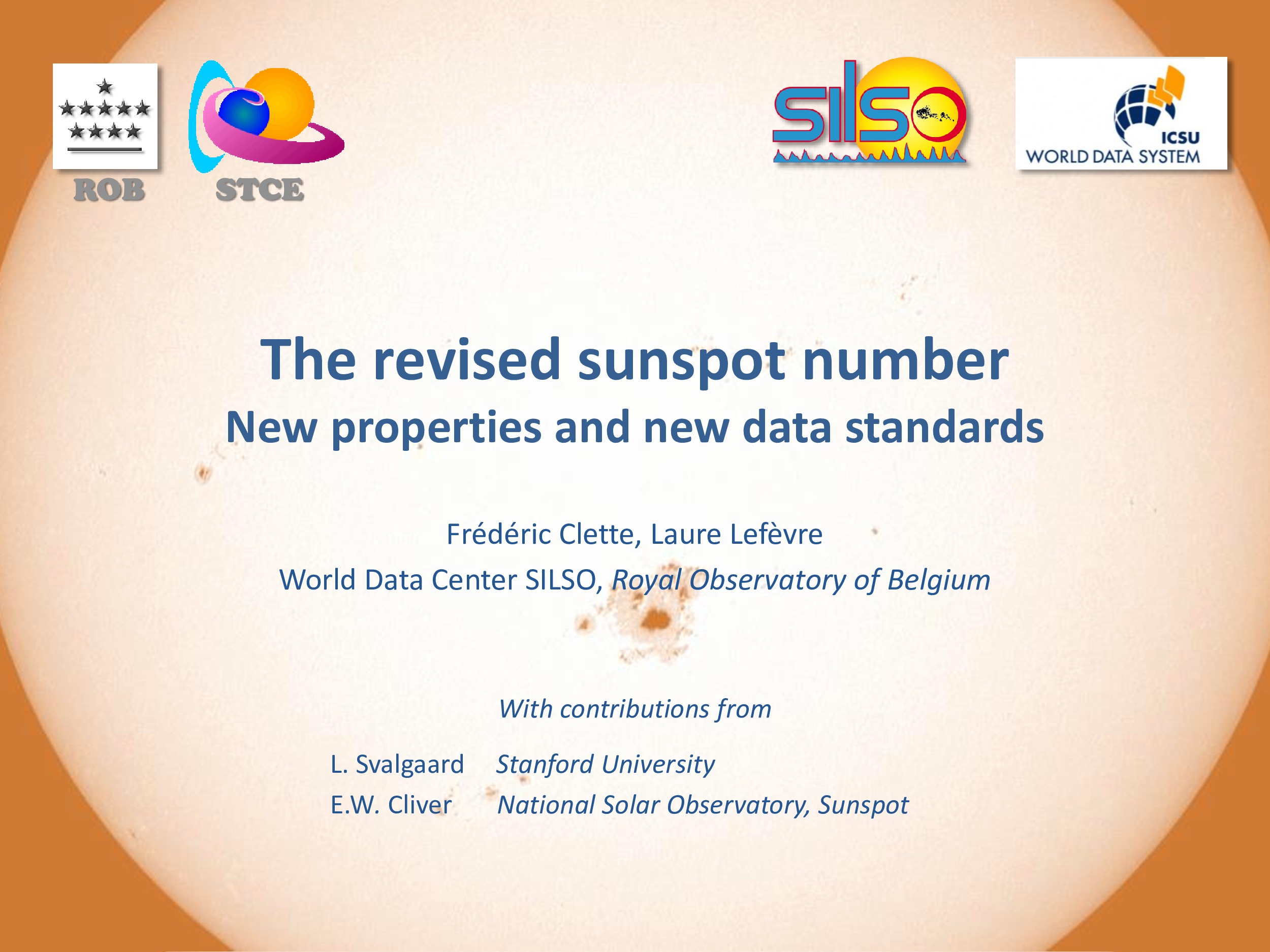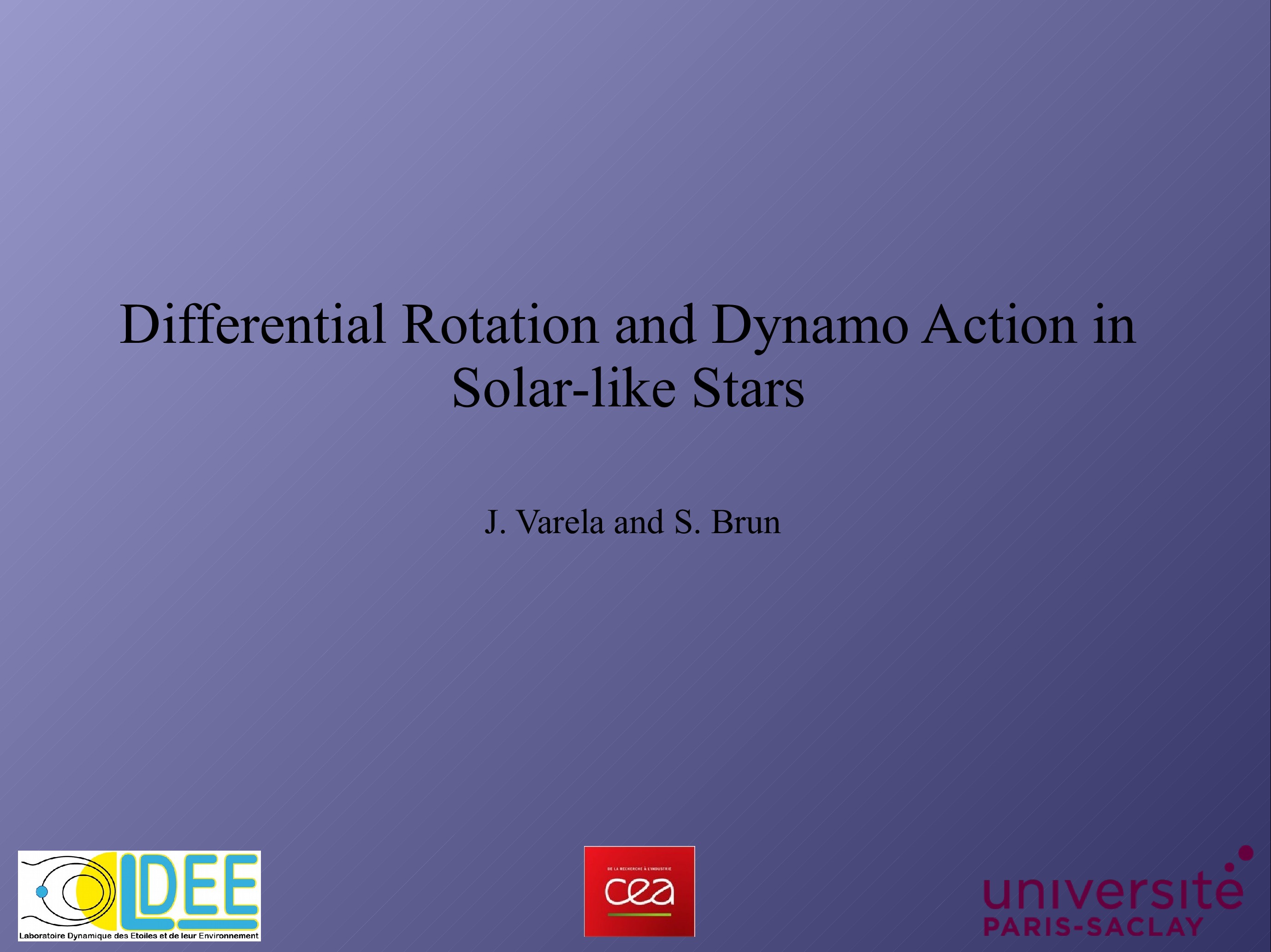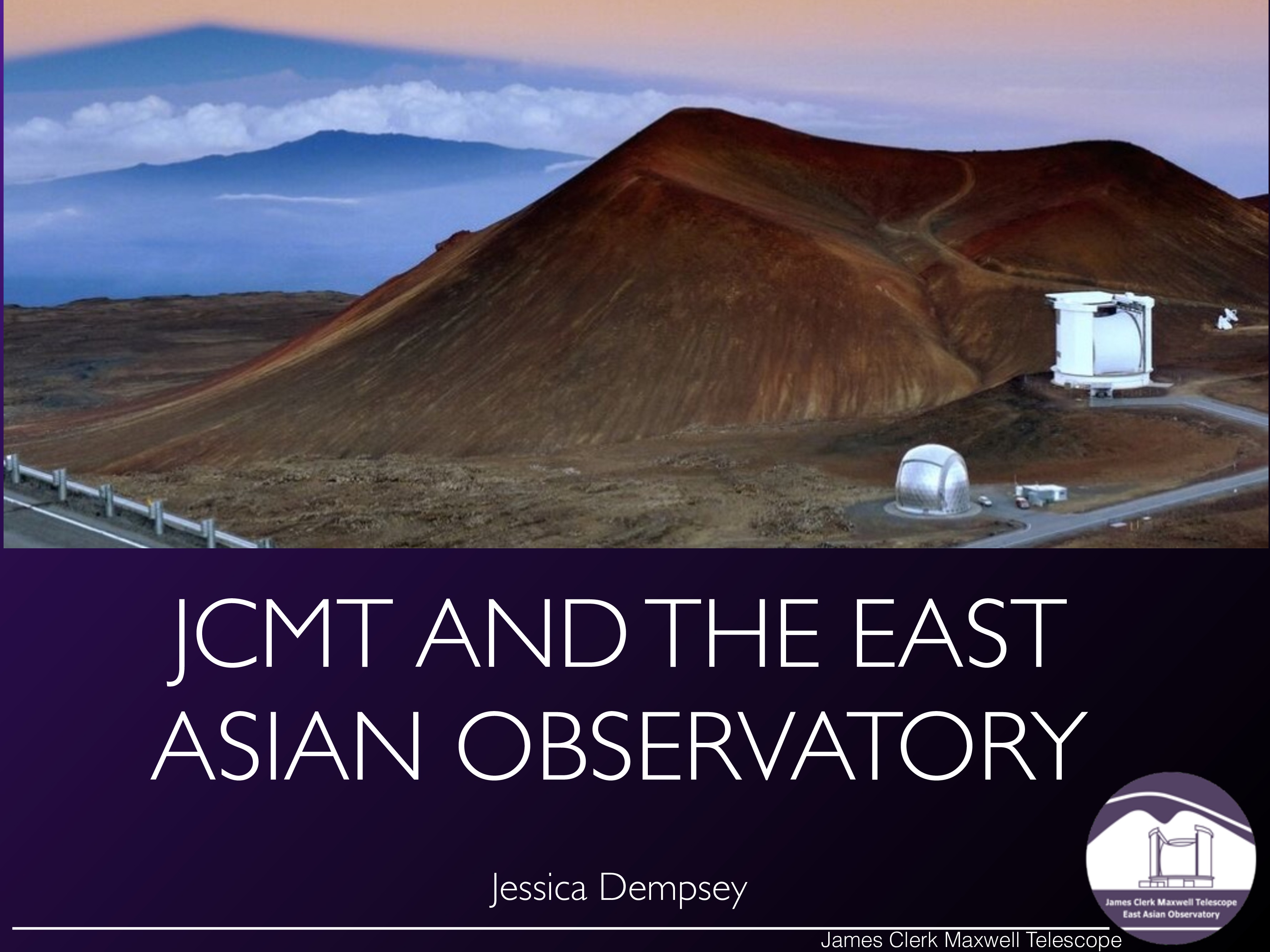Results were found under
videos, presentations, posters, papers .
There are no videos within this category so far.
Astrophysics and Astrononmy
Gas towards the Gamma-ray-Emitting Supernova Remnant W28 (and others)
Natural Sciences (Astrophysics a...
Date of upload:
21.12.2015
Co-author:
Gavin Rowell, Matthieu Renaud, Phoebe de Wilt, Fabien Voisin, Yasuo...
Abstract:
We present the results of molecular spectral line observations towa...
Investigation of the frequency shifts of 24 solar-like stars observed by Kepler
Natural Sciences (Astrophysics a...
Date of upload:
27.02.2017
Co-author:
Ariane Schad, Guy Davies, Markus Roth
Abstract:
Context. The Sun and solar-like stars undergo activity cycles for w...
Physics and Diagnostics of Magnetic Flux Emergence
Natural Sciences (Astrophysics a...
Date of upload:
03.12.2018
Abstract:
Magnetic flux emergence from the solar convection zone into the atm...
Full Stokes Polarimeter for Chromospheric Measurements with SOLIS/VSM
Natural Sciences (Astrophysics a...
Date of upload:
09.09.2015
Abstract:
SOLIS stands for Synoptic Optical Long-term Investigations of the S...
Dynamic balance in turbulent transport: Helicity and density-variance effects
Natural Sciences (Astrophysics a...
Date of upload:
23.11.2017
Abstract:
Helicities as well as the turbulent energies are key players of the...
The cause of the weak solar cycle 24
Natural Sciences (Astrophysics a...
Date of upload:
05.10.2015
Co-author:
J. Jiang and R. H. Cameron
Abstract:
The ongoing 11-year cycle of solar activity is considerably less vi...
The Babcock - Leighton solar dynamo
Natural Sciences (Astrophysics a...
Date of upload:
05.10.2015
Abstract:
Hale’s polarity laws for sunspot groups, the helioseismic determina...
Is it possible to use the green coronal line instead of X rays to cancel an effect of the coronal emissivity deficit in estimation of the prominence
Natural Sciences (Astrophysics a...
Date of upload:
12.10.2015
Co-author:
P. Schwartz^1, P. Heinzel^2, S. Jejcic^3, J. Rybak^1, P. Kotrc^2, F...
Abstract:
Total masses of six quiescent prominences observed from April throu...
SPRING: A Proposal for Next Generation Synoptic Solar Instrumentation
Natural Sciences (Astrophysics a...
Date of upload:
09.09.2015
Co-author:
Markus Roth, Frank Hill, Michael Thompson
Abstract:
Synoptic observations of the Sun are very important to understand t...
The revised sunspot number: new properties and new data standards
Natural Sciences (Astrophysics a...
Date of upload:
12.10.2015
Co-author:
Laure Lef\`evre, Edward W. Cliver, Leif Svalgaard
Abstract:
In 2015, a new entirely recalibrated version of the sunspot number ...
Differential Rotation and Dynamo Action in Solar-like Stars
Natural Sciences (Physics)
Date of upload:
08.09.2015
Abstract:
The aim of the present study is to characterize the effect of the r...
JCMT and the East Asia Observatory
Natural Sciences (Astrophysics a...
Date of upload:
07.02.2016
Co-author:
Jessica Dempsey
Abstract:
An overview of the James Clerk Maxwell Telescope on Mauna Kea, Hawa...
There are no posters within this category so far.
There are no papers within this category so far.
